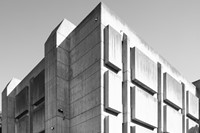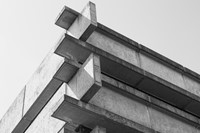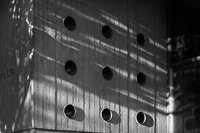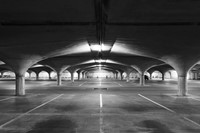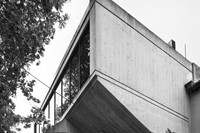A new map from London-based publishers Blue Crow Media charts concrete structures and the importance of Brutalism in Melbourne, Australia
Commenting on the relevance of Brutalism in Australia, a country with an architectural legacy still in its infancy, deputy chair of the National Trust of Australia Dr Ursula de Jong said in 2016, “Brutalism makes such an incredible statement. It is muscular architecture. It says: ‘Here I am.’” In Concrete Melbourne Map, the latest offering from London-based architecture map publishers Blue Crow Media, editor Glenn Harper and photographer Clinton Weaver celebrate the city and its suburbs’ impressive portfolio of 20th-century and contemporary buildings.
The Brutalist era began in Europe in the late 1940s, but it wasn’t until the 1970s that the movement – destined to divide critics for decades to come – had spread internationally. For Australians, these monolithic concrete footprints are reminiscent of an era of social evolution and a time when it was believed community identity could be inspired by the emergence of confident public architecture.
Concrete Melbourne Map, in the words of Harper, “confirms how building modern architecture in concrete fortified Melbourne’s urbanity”. The editor, a senior associate architect and urban designer at Sydney-based PTW Architects, describes the much-discussed material as “the hero of the Melbourne metropolis”. From the pioneering 1950 off-form concrete Standhill Apartments and the courtyard office block for the Catholic Archdiocese of Melbourne, to the Victorian Arts Centre and the expansion of the city’s historic cricket ground, the selection of 50 architectural projects demonstrates that Melbourne is a city committed to embracing its urbanity through concrete. According to the publishers, Concrete Melbourne Map, which follows the publication of 2017’s Brutalist Sydney Map (also authored by Harper), aims to “affirm the value of these buildings and to inspire further consideration of concrete and Brutalist architecture today”.
The research and publication of the map has been supported by Cement Concrete & Aggregates Australia (CCAA) and is not the first time advocates for Brutalist appreciation have attempted to raise awareness of the movement and the importance of its buildings. Back in May 2016, just before Melbourne’s Brutalist buildings came up for consideration by the Victorian Heritage Register, Assemble Papers in collaboration with Open House Melbourne hosted a Brutalist Block Party, which included a programme of talks, workshops and events that championed the city’s often misunderstood Brutalist heritage.
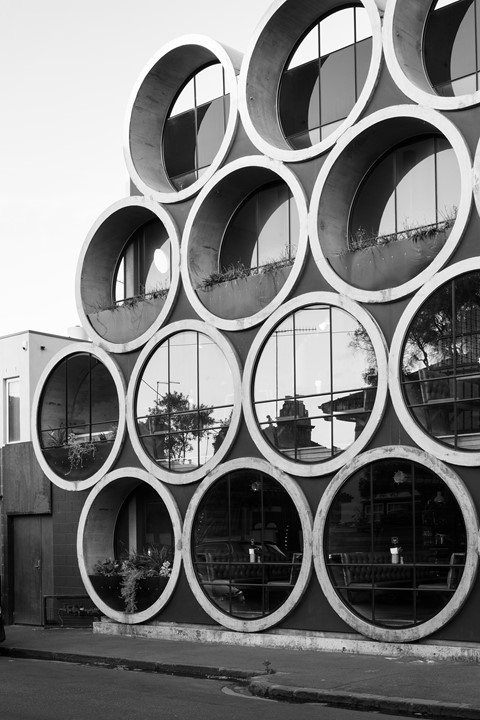
Concrete Melbourne Map is out now, published by Blue Crow Media.
